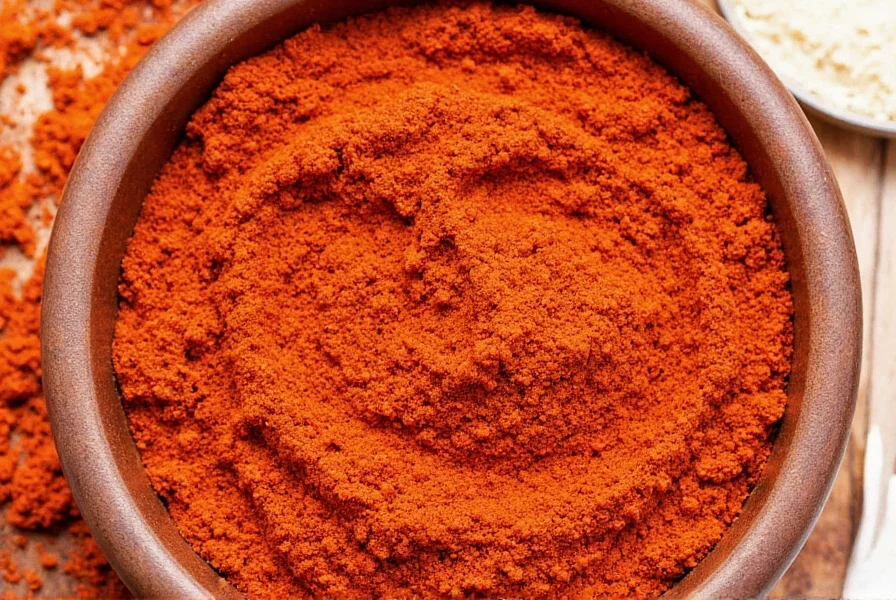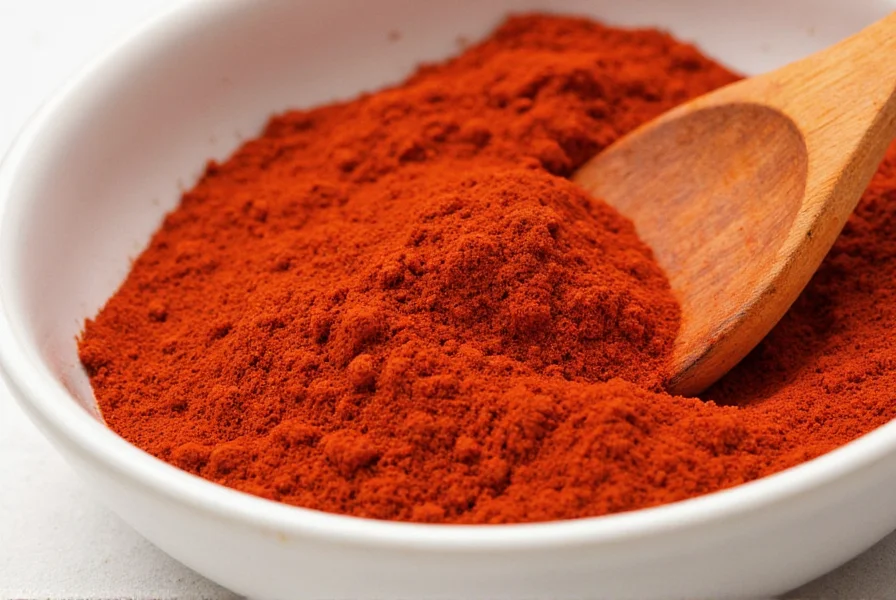Discover the vibrant world of paprika cooking with these carefully curated recipes that showcase this versatile spice's full potential. Whether you're working with sweet Hungarian paprika, robust Spanish smoked paprika, or delicate sweet paprika, these dishes highlight how this ground pepper can elevate your cooking from ordinary to extraordinary.
The Essential Guide to Cooking with Paprika
Paprika isn't just a colorful garnish—it's a flavor powerhouse with distinct varieties that serve different culinary purposes. Understanding these differences is key to creating exceptional paprika recipes that showcase its nuanced flavor profile.
Understanding Paprika Varieties
Not all paprika is created equal. The three primary types serve distinct purposes in the kitchen:
| Type | Flavor Profile | Best Recipe Applications |
|---|---|---|
| Sweet Hungarian Paprika | Mild, sweet, slightly fruity | Chicken paprikash, goulash, potato salads |
| Smoked Spanish Paprika (Pimentón) | Deep, smoky, complex | Chorizo, roasted vegetables, paella, barbecue rubs |
| Hot Paprika | Spicy with varying heat levels | Spicy stews, meat marinades, deviled eggs |
Top Paprika Recipes for Every Occasion
Classic Hungarian Chicken Paprikash
This authentic paprika chicken recipe combines tender chicken thighs with onions, sweet paprika, and sour cream for a comforting meal. The secret to perfect paprikash is adding paprika off-heat to preserve its delicate flavor compounds—never cook paprika directly in hot oil as this creates bitterness.

Smoked Paprika Roasted Vegetables
Elevate your side dishes with this simple yet impressive smoked paprika roasted vegetables recipe. Toss carrots, potatoes, and bell peppers with olive oil, 1½ teaspoons smoked paprika, salt, and garlic powder before roasting at 400°F until caramelized. The smoked paprika creates a complex depth that complements the natural sweetness of the vegetables.
Authentic Hungarian Goulash
True Hungarian goulash relies on generous amounts of sweet paprika for its distinctive flavor. This slow-cooked beef stew features onions, caraway seeds, tomatoes, and 3-4 tablespoons of premium Hungarian paprika added near the end of cooking. Serve with egg dumplings for an authentic experience that showcases traditional paprika recipes.
Professional Tips for Perfect Paprika Dishes
Master these paprika cooking techniques to consistently create outstanding dishes:
- Temperature control: Add paprika to dishes off direct heat to prevent bitterness—temper it with a small amount of liquid or fat first
- Storage matters: Keep paprika in an airtight container away from light; it loses potency within 6 months
- Layer flavors: Combine sweet and smoked paprika varieties for complex flavor profiles in hearty paprika recipes
- Balance acidity: Paprika pairs beautifully with tomatoes and vinegar—add these elements to brighten rich paprika dishes
Unexpected Paprika Applications
Expand your paprika recipe repertoire beyond traditional dishes with these creative uses:
- Breakfast boost: Add a pinch of sweet paprika to scrambled eggs or avocado toast
- Homemade spice blends: Create your own paprika-based rubs with garlic powder, onion powder, and black pepper
- Dairy pairings: Stir smoked paprika into cream cheese for an impressive dip with crackers
- Sweet applications: Experiment with mild paprika in chocolate desserts for subtle complexity
Perfect Paprika Pairings
Certain ingredients naturally complement paprika's flavor profile. These combinations consistently produce exceptional paprika recipes:
- With meats: Chicken thighs, pork shoulder, and beef chuck absorb paprika's flavor beautifully
- Vegetable partners: Potatoes, bell peppers, tomatoes, and onions form the holy trinity of paprika-based dishes
- Liquid bases: Chicken broth, tomato sauce, and sour cream create ideal vehicles for paprika's flavor
- Spice companions: Caraway seeds, garlic, and black pepper enhance rather than compete with paprika
Common Paprika Mistakes to Avoid
Even experienced cooks make these paprika errors that diminish recipe results:
- Cooking paprika directly in hot oil (creates bitterness)
- Using old, faded paprika (loses flavor and color)
- Substituting hot paprika when a recipe calls for sweet
- Adding paprika too early in the cooking process
- Using insufficient quantity (paprika needs generous amounts to shine)
Frequently Asked Questions About Paprika Recipes
What's the difference between using sweet and smoked paprika in recipes?
Sweet Hungarian paprika provides a mild, slightly fruity flavor ideal for traditional Eastern European dishes like goulash and chicken paprikash. Smoked Spanish paprika (pimentón) delivers a deep, wood-fired flavor perfect for roasted vegetables, paella, and meat rubs. Never substitute one for the other in authentic paprika recipes as they create distinctly different flavor profiles.
How can I prevent paprika from becoming bitter when cooking?
To prevent bitter paprika, never add it directly to hot oil. Instead, remove your pan from heat, add the paprika to a small amount of liquid or fat, stir to form a paste, then return to heat. This technique preserves paprika's delicate flavor compounds. For the best results with paprika recipes, add it during the last 10-15 minutes of cooking.
How much paprika should I use in most recipes?
Most authentic paprika recipes use generous amounts—typically 2-4 tablespoons for a dish serving 4-6 people. Paprika's flavor is subtle and requires substantial quantity to shine through. Start with 1½ teaspoons per serving and adjust to taste. Remember that smoked paprika has a stronger flavor, so use slightly less than sweet paprika in equivalent recipes.
Can I substitute chili powder for paprika in recipes?
While possible in a pinch, chili powder makes a poor substitute for paprika as it contains additional spices like cumin and oregano that alter the dish's flavor profile. For authentic paprika recipes, use sweet paprika for traditional Hungarian dishes or smoked paprika for Spanish-inspired recipes. If you must substitute, use 1:1 ratio but expect a different flavor outcome.
How should I store paprika to maintain freshness?
Store paprika in an airtight container away from light and heat. The spice cabinet works well, but for maximum shelf life (up to 6 months), keep it in the refrigerator or freezer. Check freshness by scent—fresh paprika has a vibrant aroma while stale paprika smells dusty. Proper storage ensures your paprika recipes maintain their intended flavor profile.











 浙公网安备
33010002000092号
浙公网安备
33010002000092号 浙B2-20120091-4
浙B2-20120091-4